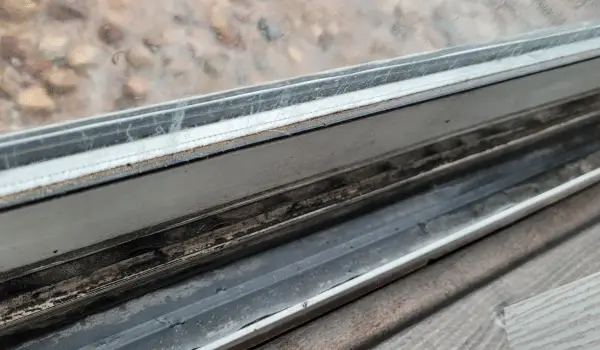As a homeowner in the United States, it's crucial to understand the potential mold issues that could affect your living space.
One common misconception is that only one type of mold, known as active mold, is dangerous and needs to be removed. However, the reality is that both active and inactive mold can pose risks. This article aims to shed light on the differences between active and inactive mold, helping you find the right local service to fix any mold issues.
Active Mold vs. Inactive Mold
Active mold is alive and produces spores under the right conditions, which include moisture, food, and an ideal temperature range between 32 and 120 degrees Fahrenheit.
It can cause irreparable damage to building materials and other organic materials, releasing harmful mycotoxins and MVOCs (Microbial Volatile Organic Compounds).
On the other hand, inactive mold, also known as dormant, dead, non-viable, or old mold, is not growing because it lacks food or moisture.
However, don't be fooled by the term "inactive." These mold spores can lie dormant indefinitely, waiting for the right conditions to become active again.
Can Inactive Mold Spread?
Yes, inactive mold can spread. When mold becomes inactive, the now dry mold spores become light, allowing them to become airborne rather easily. These airborne spores are the easiest ways for mold to spread and find areas with the proper conditions to become active again.
How Long Can Mold Stay Inactive?
Mold spores can remain inactive indefinitely. They wait for the right combination of moisture, temperature, air, and food to start actively growing mold.
Does Inactive Mold Release Spores?
Inactive mold does not release spores. However, when conditions are right, inactive mold can become active and start releasing spores.
What Does Inactive Mold Look Like?

Inactive mold is dry and often powdery. It can generally be readily brushed off the surface. In contrast, active mold in the early stages has hair-like filaments in webs, which develop a more fuzzy or textured appearance as the bloom matures.
Does Inactive Mold Smell?
Inactive mold does not typically have a strong smell. However, when it becomes active, it can release MVOCs, which can have a musty odor.

